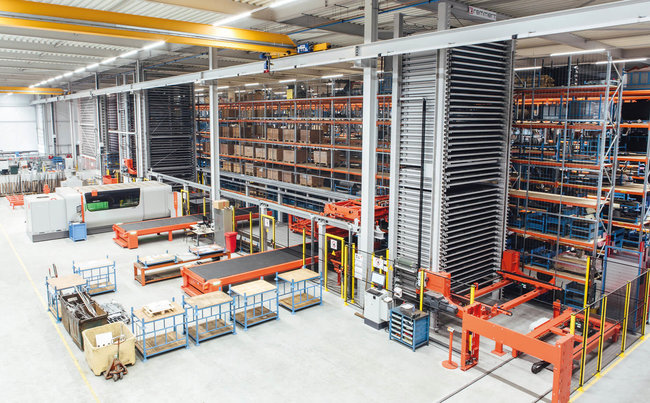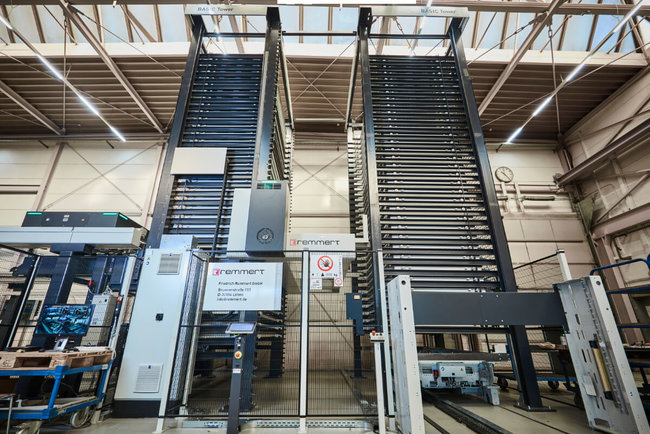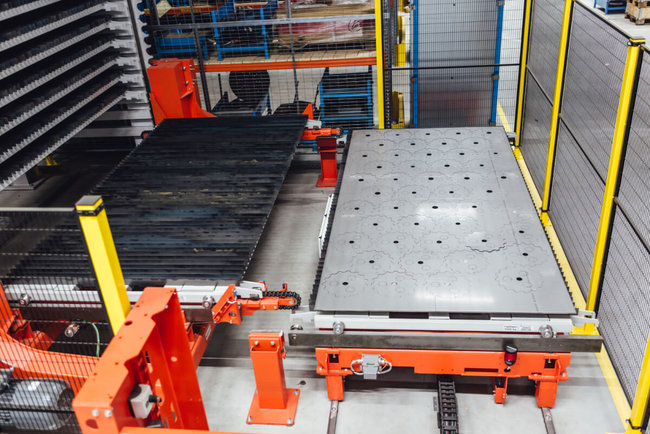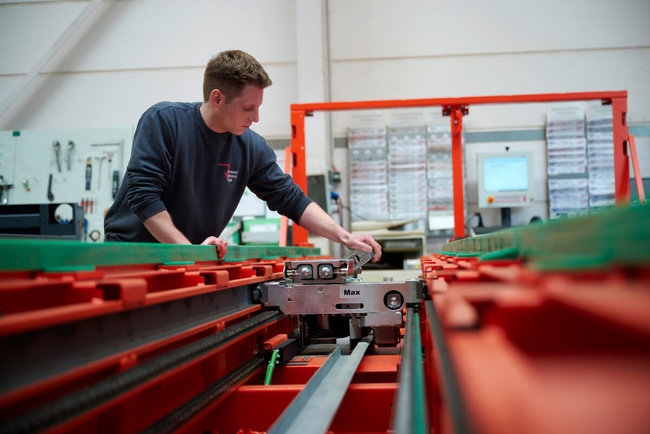Metal raw materials: Rising prices and in some cases extremely long delivery times are making procurement and, more importantly, planning increasingly difficult. Placing too much reliance on just-in-time delivery can quickly result in costly production downtime if there are failures in the supply chain. Furthermore, the current tense situation on the world market means that there is no relief in sight.
Skilled workers: Skilled workers are scarce in the metal sector and this labour shortage could become a major obstacle to further growth. Even though metalworking machines are already highly automated, it still requires skilled personnel to operate them.
Machinery & systems: High-performance, highly automated and expensive – three words to describe modern metalworking machines such as laser cutting systems. The significant investment costs must be recovered through accordingly high machine utilisation. High utilisation in turn requires a skilled workforce or a process that is designed for automation and efficiency. Both increase capital requirements and running costs.
Energy prices: Many manufacturing companies believe that the current high energy costs are threatening their existence. The metalworking industry is no exception. After all, metalworking machines like welding systems and laser cutting machines consume large amounts of energy. The high cost plateau is likely to be further exacerbated by the transition towards climate-neutral power generation. If, in the future, the price of electricity is more dependent on weather conditions and ‘supply and demand’, industrial electricity consumers will need to be more flexible in order to keep electricity costs as low as possible.
Time + automation = resource effectiveness
The challenge is to use resources as efficiently as possible. This is where time and the degree of automation become particularly important. While ‘just-in-time’ and ‘outsourcing’ were considered the solution to lean production in the last two decades, an increasing number of production companies are recognising the risks associated with them. “We are getting an increasing number of enquiries from companies who want to use warehousing and in-house production more in order to become more independent of global supply chains,” Frank Baudach reports. He is Head of Sales at Remmert GmbH. The company manufactures warehouse technology, handling systems and driverless transport systems in Löhne, East Westphalia. The Remmert range includes automatic cassette storage systems for long goods and tower racks for sheet metal. The automatic storage systems offer the major advantage that bulky raw materials can be stored without taking up too much space. This allows companies to procure materials and plan production and supplies for the longer term, to ‘save for a rainy day’ so to speak.
More targeted use of skilled workers
Highly trained skilled workers are key to growth and profitability in the metal sector. From locksmiths to construction mechanics, CNC programmers to warehouse specialists, skilled personnel are in high demand – but the labour market is completely depleted in many places. Rather than waiting months to fill vacancies, companies have been increasingly investing in the automation of "Dull, Dirty & Dangerous" jobs. This means that specialists’ skills can be used in a much more targeted and value-adding way. “Manual loading and unloading of metal saws or laser cutting systems by crane or forklift is not safe and takes too much time. Our systems also allow us to do this much faster,” says Frank Baudach, highlighting automation solutions for metalworking centres such as laser cutting systems or sawing centres that automatically feed the material to the machines. The automation solutions available on the market today can be used to automate almost every metalworking process, reducing the need for skilled labour. “A completely automated cutting or sawing centre can operate 24/7, with almost no personnel required for night shifts,” says Baudach.
Night shift for laser cutting machines
“Night shift is a key area with a lot of potential,” believes Frank Baudach. The energy-intensive heavy industry has long been aware of this and has always used cheaper night-time electricity. So why not let a fully automated laser cutting process work through the night? Frank Baudach is convinced by the idea of a third shift, "We have customers who do exactly that and are very successful, not least because of the better utilisation of the machines. It means that in addition to saving on energy costs, you can also save on the cost of a second or third machine.”
It pays to compare
Frank Baudach believes that there is still further potential for savings in machinery and fixed assets. He explains, “In discussions with our customers, we have noticed significantly lower machine prices in the Netherlands, for example. Our neighbours are smarter and more willing to change manufacturers if they get the right offer. This reduces the overall price level and, in some cases, can lead to savings of up to 50%. The money saved can then be used to automate other peripheral processes.” This is another reason why Remmert has designed its storage and handling systems to be open-system for integration with different types of machines. What’s more, a high-bay warehouse with a stacker crane and robots for material handling will easily survive two to three machine generations. Frank Baudach sums it up, “This is more effort for us, but it allows our customers to be more independent of the CNC machine manufacturer they originally chose. After all, who knows today who will offer the best machine tomorrow?”



